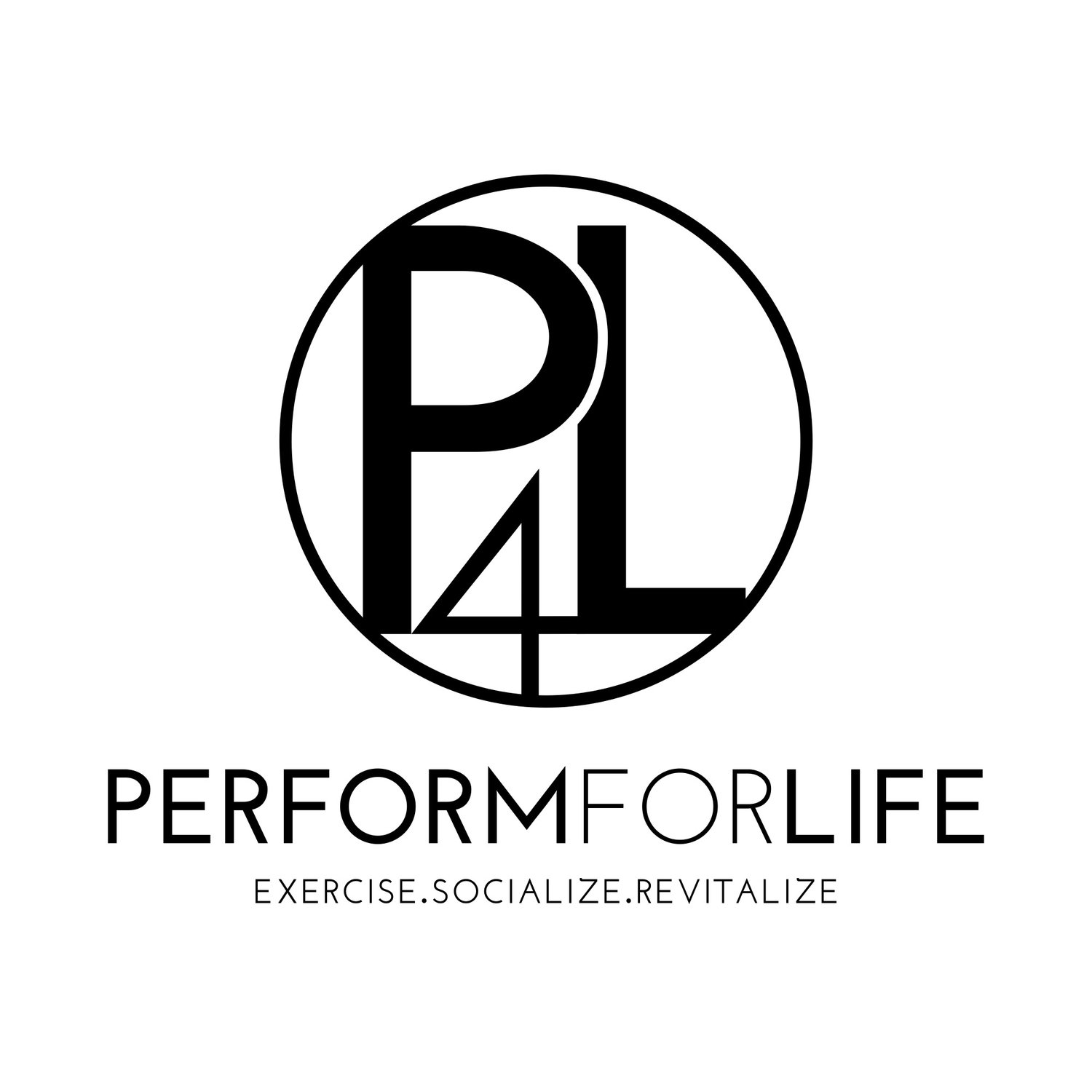HIIT: The Benefits, And Should You Be Doing It?
First off, what is HIIT? HIIT stands for high-intensity interval training. It’s a type of training that involves a short burst of intense exercise followed by low-intensity recovery periods. HIIT workouts are designed to spike your heart rate with intense exercise intervals, then subsequently drop your heart rate with rest intervals (or something that’s lower in intensity). Most of you have probably heard of the term ‘tabata’. Tabata is a type of high-intensity interval training that consists of 20 seconds of hard work followed by a 10 second recovery period. This is typically done for about 4 minutes (8 rounds). For people who make the excuse, “I don’t have time to workout”, This might be the best option for you - 10 to 30 minutes of this will get you sweating…a lot.
One of the main benefits of HIIT is that it can burn a lot of calories in a short amount of time. As I mentioned, HIIT workouts are designed to spike your heart rate then drop it with rest. This constant fluctuation between spikes and drops of the heart rate is the reason why you’re able to burn more calories in a shorter period of time than during steady-state cardio, in which an elevated heart rate remains constant throughout the workout, like running. There’s been a couple of studies that compared the caloric expenditure of different exercise modalities done for the same total duration of time. The researchers found that HIIT burned 25-30% more calories than the other forms of exercise (1) - but wait, that’s not the best part. The best part is that HIIT actually helps you burn calories after you’re done working out! Long story short, HIIT can elevate your metabolism for hours after working out, which leads to more total calories burned. Some studies even found that HIIT was able to shift the body’s metabolism toward using fat for energy rather than carbohydrates (2), potentially leading to an increased potential for fat loss.
There’s also other health benefits that come along with HIIT besides what I just talked about. HIIT can build endurance and muscle, aid in fat loss, reduce one’s heart rate and blood pressure, and increase one’s VO2 max (a person’s ability to absorb oxygen from the air that they breathe). But - is HIIT for everyone? Not necessarily. For people who just started working out or those that are just coming back from injuries, I advise you to stay away from HIIT. While HIIT may be a very efficient and potentially beneficial training method, it also places high amounts stress on the body. Because of this, it’s important to note that when you do these exercises, you must do it with good form. Also, for people who are just starting to incorporate HIIT into their workout routine, it’s important to take it slow. Since HIIT places so much stress on the body, you need to give your body ample time to recover. If you’re new to HIIT, start with one session per week and as you get stronger, work your way up to two to three times per week. If you do too many HIIT workouts with not enough recovery, you run the risk of injury and overtraining - HIIT workouts are not designed to be done every day. If you’re doing them every day, try reducing the frequency with which you’re doing them. Instead, try incorporating other types of training, such as strength training and steady-state cardio. Remember: everything in moderation!
Sources:

